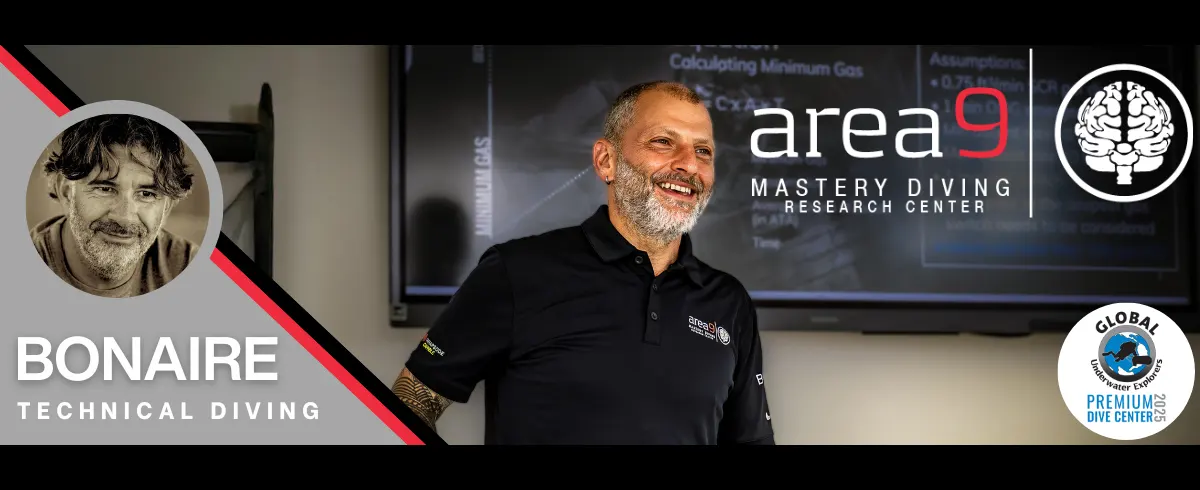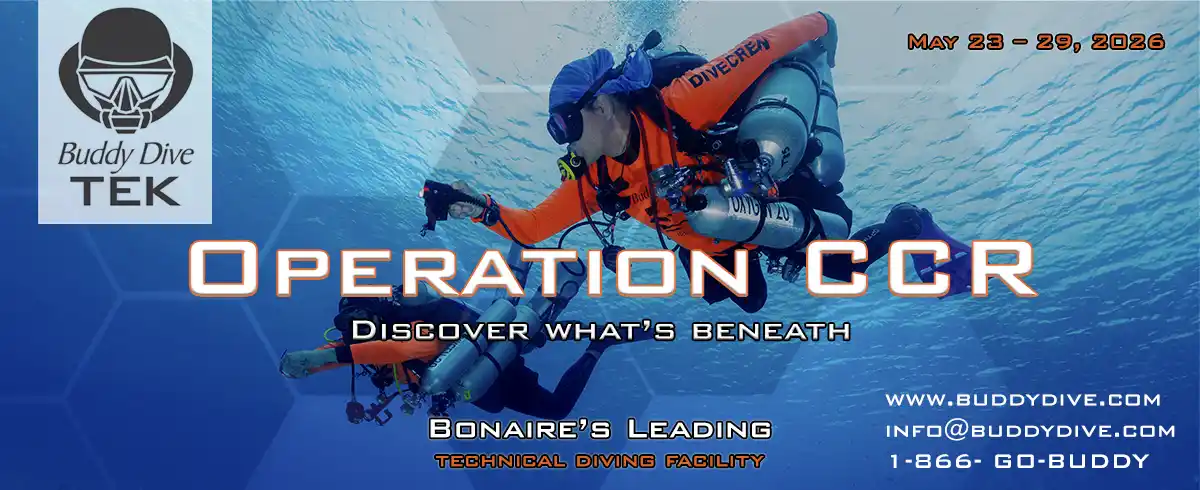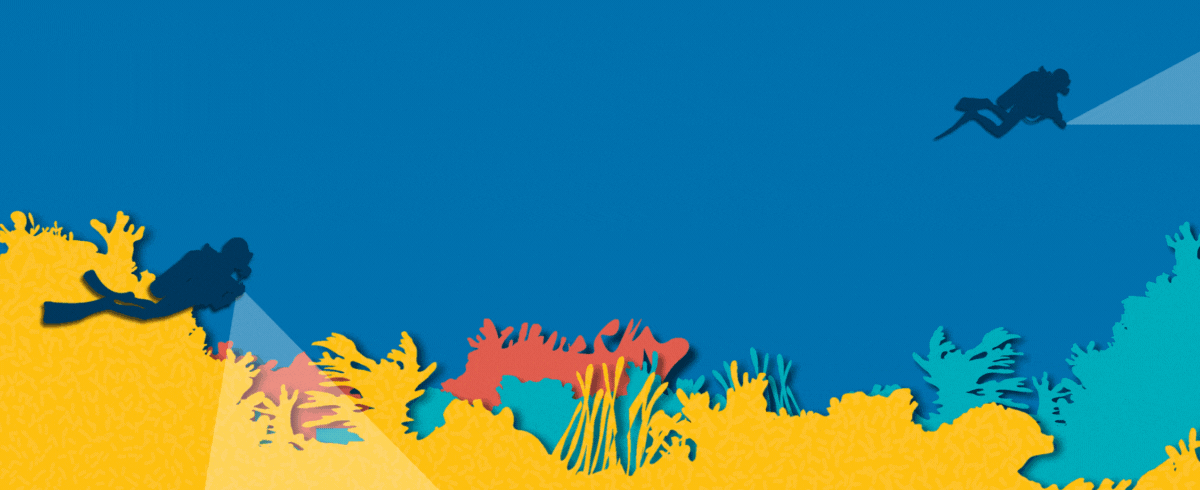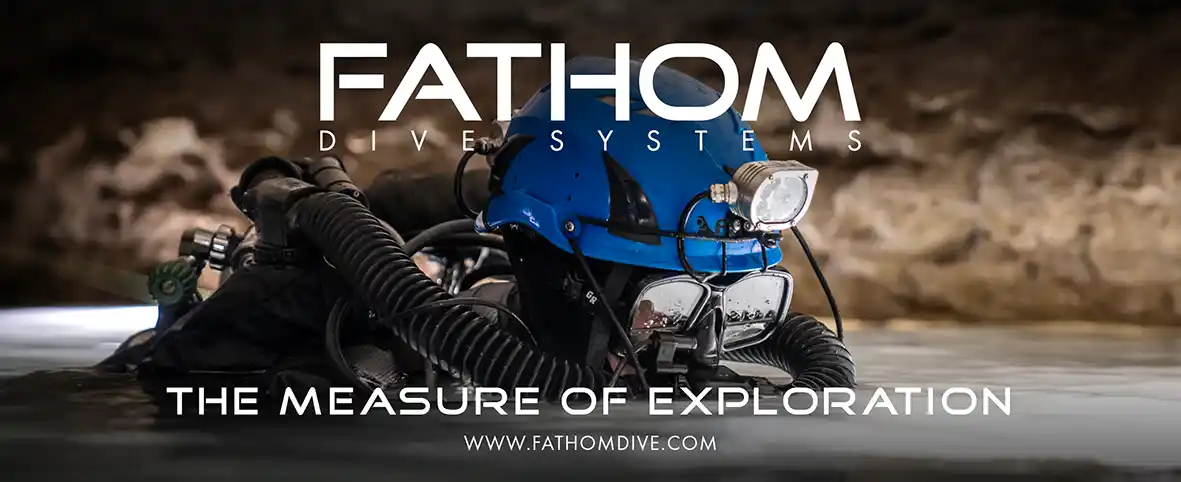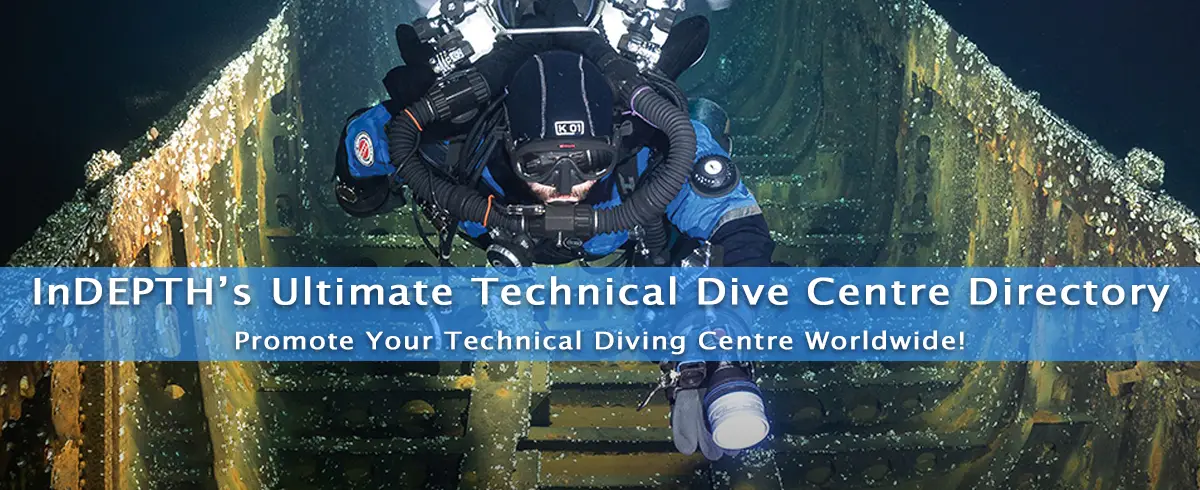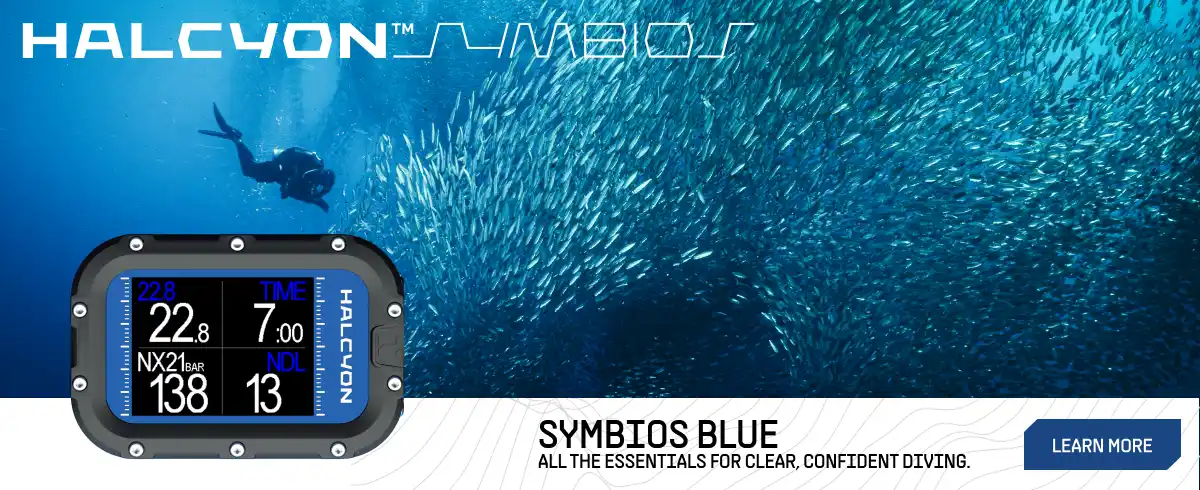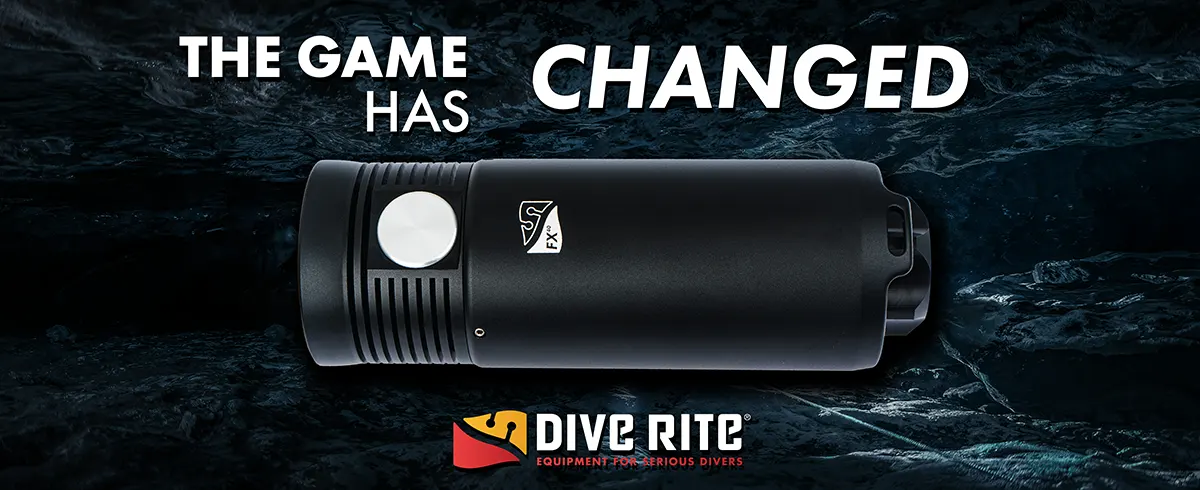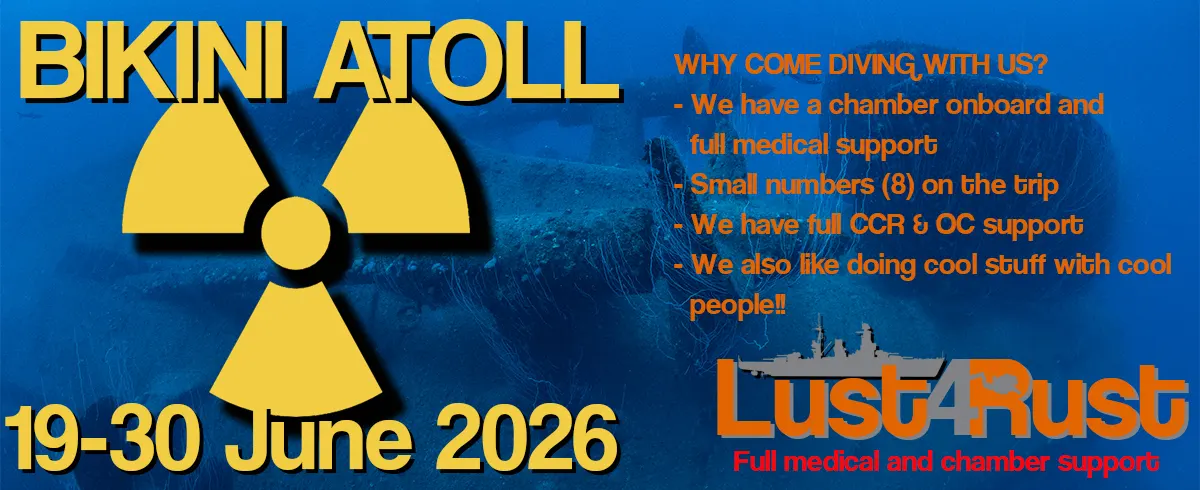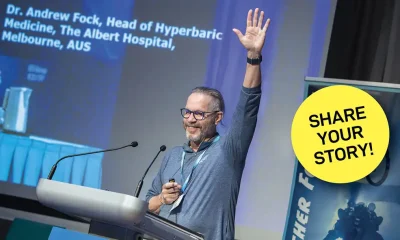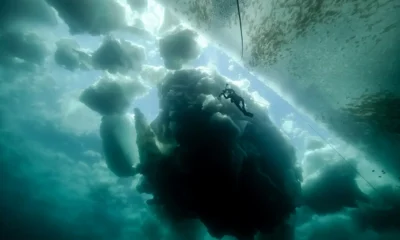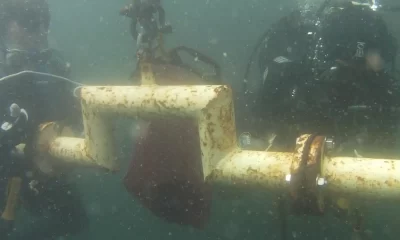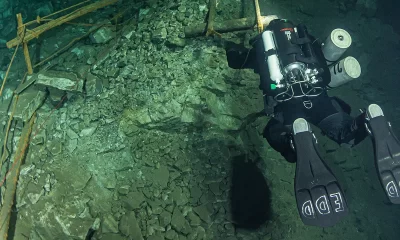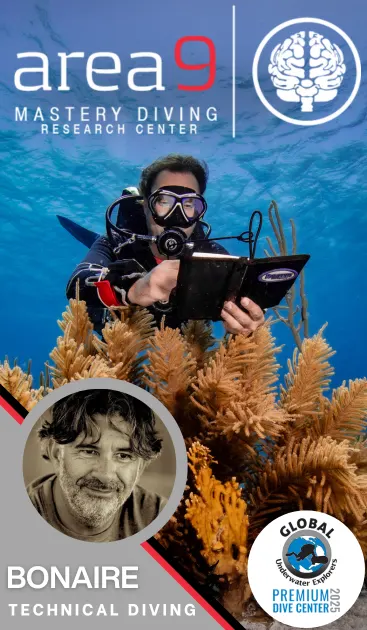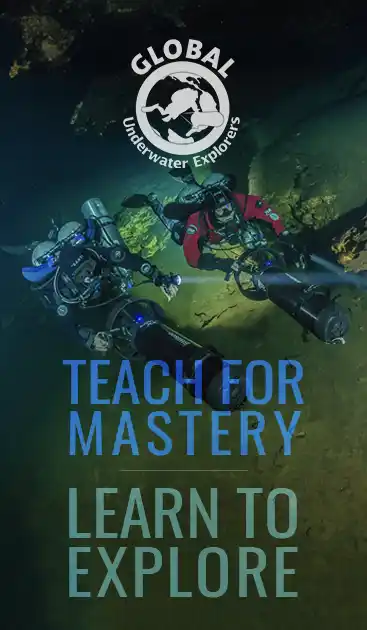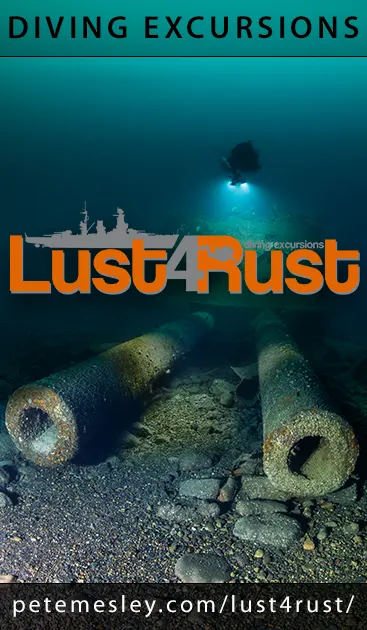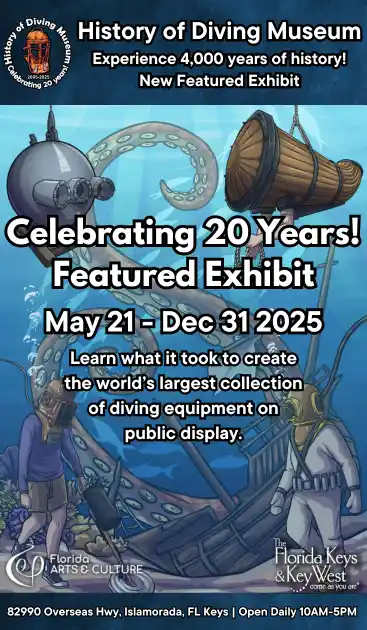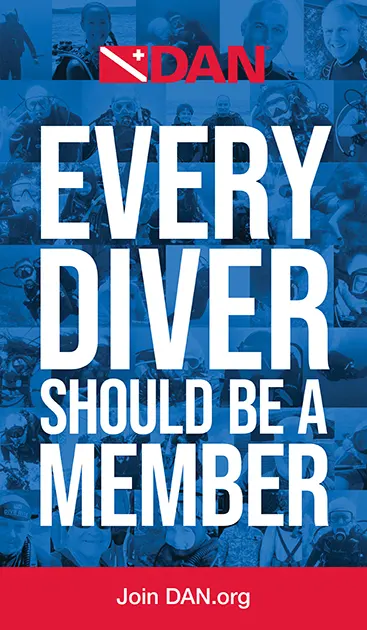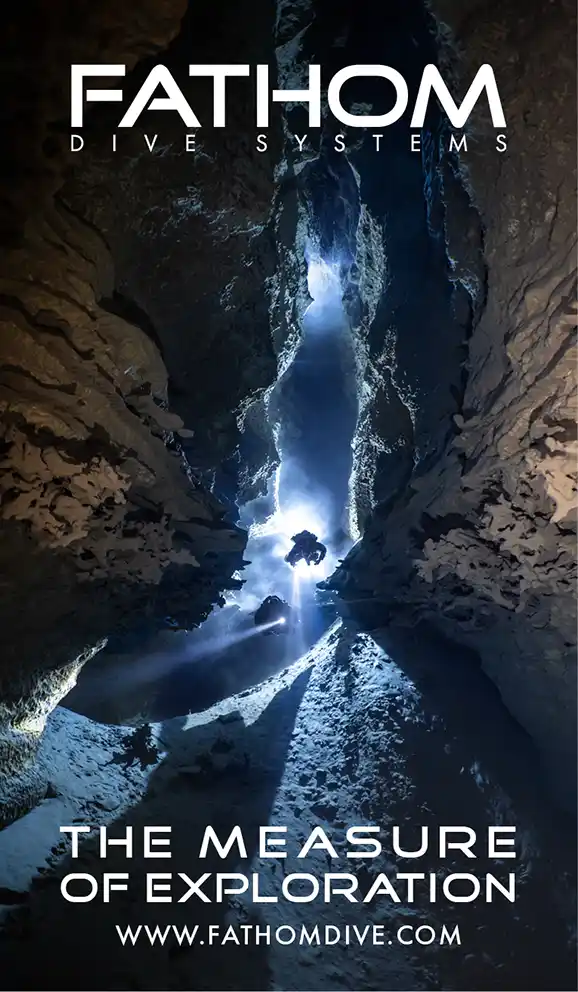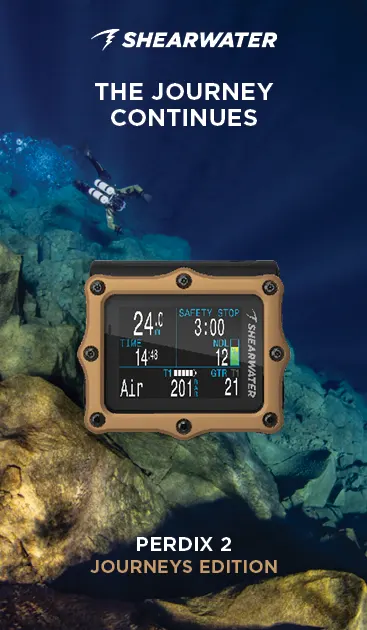

Latest Features
Learning Science Under Ice
More polar data is needed to better understand and consequently deal with climate change. Accordingly, the Finnish Scientific Diving Academy at the University of Helsinki, created a Polar Research Diving program to introduce climate researchers to all aspects of running a scientific diving operation in these regions. Here the Academy’s scientific coordinator Edd Stockdale describes the program in detail and reports on the results of the initial course. Snowmobile transport anyone?
By Edd Stockdale. Lead image: Student practising taking ice cores from underneath. Photo byJesse Jokinen.
There is no question that the climate of the planet is warming and changing at an ever-increasing speed, including in the polar regions. Yet the actual effects of climate change are still understudied at the planet’s caps where conditions are challenging (to say the least) and require a focused commitment in research. Policies and conservation strategies cannot be made without definitive scientific data as their foundation; policymakers need a complete picture of the implications from existing changes, but these are difficult to ascertain without placing scientists on the ground, on the ice, or under it.
Researching—or even just being—in these regions, though, faces extensive challenges both in skill and equipment. Temperatures (and the weather in general) are extreme, and just getting to research locations is difficult.
The knowledge and training to carry out operations—especially diving—is also often difficult as a temperature rise decreases ice formations. And conditions that could be used to train prospective Polar scientific research teams are also dwindling, or they only exist in remote areas that are difficult to get to or don’t have adequate training facilities. Many teams now are taking the risk and just “dropping” divers and scientists in the “cold end,” but learning on the expedition carries its own risks.

Developing a New Program
Finland is generally known for ice, snow, and being cold (which is mostly true). But it does have a distinct advantage: research stations located near frozen lakes with analogous conditions for the more extreme poles. As such, in March 2024, the Finnish Scientific Diving Academy organized and ran a new course: the Polar Research Diving program. The curriculum aimed to introduce participants to all aspects of running a scientific diving operation in these regions. The course took place in the far North of Finland at the University of Helsinki Kilpisjärvi Biological Station which sits next to a frozen lake.
The program welcomed students from all over the world (as far-flung as Australia). They took advantage of the relatively easy access to the research station via public transport routes. Only three hours from international airports, this snow-covered world in the mountains was perfect for the initial welcome, introductions, and orientations. Here, they met the instructional team composed of renowned Polar explorer Patrick ‘Pata’ Degerman, Antarctic Dive Safety Officer for New Zealand; Rod Budd, ecologist climate scientist and leader of many Antarctic expeditions; Professor Alf Norkko, and cold water specialist Edd Stockdale.
The week then began with a series of lectures on cold weather exposure protection, polar survival, and moving through snow and ice with practical training in -20 °C/-4 °F. Lectures also discussed the challenges of conducting diving operations in these conditions, cold water physiology, risk management, and making ice holes (including the older US technique of using explosives).
After a night looking for the Northern Lights and catching up on sleep, the students began the practical component in earnest with site preparation and snowmobiles.
Building the operation site required cutting ice holes, building shelter for the surface personnel, and establishing solid foundations in the ground to both dive and tender from. With almost a meter of ice and 50 cm/20 in of snow, the conditions didn’t exactly represent the 3 to 5 m/10 to 16 ft of ice shelf in Antarctica, but it was still a challenge.
Snowmobile transport lessons —carried out by a Finnish ice rally instructor—were one of the most popular components of the course and challenged the students to use what they had learned about working and staying warm in these conditions. Teamwork and growth were important for much of the course; students took core human factors training using The Human Diver Essentials class prior to the course and instructors led multiple discussions about the expedition mindset.
Since theoretical and practical training were so robust, the team established dive operations sites, cut multiple holes, and established shelter and wind breaks smoothly and with great camaraderie. This was essential learning about working towards a common goal in harsh conditions.
The nature of the location meant that, every day, the whole class returned to the research station for debriefs, warm meals, theory lectures or workshops, searches for the Aurora Borealis, and the vital sauna to prepare for the next day.

Making the Plunge
With the site prepared, it was time to begin diving, experiencing the implications of running occupational scientific procedures, and completing challenges. Fundamentally, diving gear is not designed to be used in below freezing temperatures; in addition, ice cover overhead demands special approaches, safety divers need to be kept ready, and divers need to get back to the station after surfacing before freezing into their drysuits. All this (and more) formed the learning curve for the students as they progressed through the program and learned procedures to manage the hurdles of research expeditions out on the ice.
It is important to note though that this program was not just an ice diving course, and meeting the demands of working environments requires more in-depth knowledge and procedures than a hobbyist sport diver would typically need. For instance, projects like these require a site supervisor: the person responsible for coordinating the team, running through the preparation and pre-dive checklists, recording dive parameters, and overseeing the ice hole. Students rotated through this role, learning the nuances of leadership and awareness needed to manage two divers with their relative tenders, a safety diver, and radio communications with the research base—all while being in -25 °C/13 °F wind chill.
Divers had various tasks each day: bottom transects, core sampling from under the ice, and collecting sediment cores. The team cycled these roles so that everyone got experience each day and on each ice hole. The days began with a team meeting and briefing, packing, snowmobile transport to the ice holes, and site preparation—all before the divers joined, got kitted, ran through pre-dive checks, and descended.

Then—to add some more excitement and actual experience—emergency scenarios occurred requiring safety divers to get in and retrieve dive team members. A whole process of getting the injured divers surfaced, de-kitted, moved to shelter, and returned to the station while communicating with base using radios added more challenge.
After multiple days of hard work, the final day brought another real-life situation: cancellation of the diving operation due to weather, not only on site but also at base due to a severe weather evacuation. Wind chill and temperature dropped massively, ice holes refroze in a short time, tender lines went solid, and surface visibility dropped rapidly. The generous instructional team just observed this decline and unsuitability, seeing how long they would wait before calling it. The final HQ radio call that dive ops were canceled ended operations and demanded site breakdown. Students and instructors returned to base for debriefs, discussion, and reflections.

Overall, this initial program introducing polar-based research diving was a great success. The students gained practical experience directly on site (in conditions challenging enough to be analogous) supplemented by theory lectures and insight into successful Antarctic research under the Ross ice shelf by experienced leaders.
In the modern age (complete with a changing climate and the need to study these changes at the poles), the opportunity to train for work in these regions while being close to major international terminals and warm sites to carry out lectures was a huge benefit both to the initial course participants and future programs.
DIVE DEEPER
InDEPTH: Finland’s Newly Established Scientific Diving Academy By Edd Stockdale
InDEPTH: The Early Days of Science Diving by Bill High
InDEPTH: How I Became a Scientific Diver By Jennifer Thomson, with insights from Edd Stockdale and Erik Wurz.
InDEPTH: OSHA vs. The Houston Aquarium: What Constitutes A Scientific Dive? by Victoria Brown

Edd Stockdale has worked in scientific and technical diving for over a decade and joined the Badewanne team in 2019. He is the coordinator of the newly established Finnish Scientific Diving Academy at the University of Helsinki which was established to develop scientific diving training to further research abilities and develop new approaches to data collection in cold water based science.
When not working on research diving, Edd can be found exploring the mines and wrecks in the Nordic region or planning his next adventure. He is supported by Divesoft as well as Santi, Halcyon, and REEL Diving in Scandinavia.


